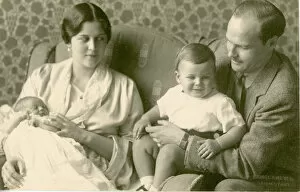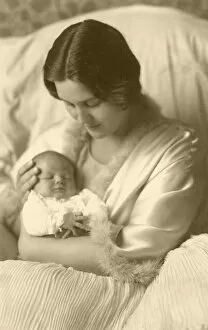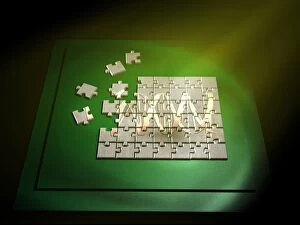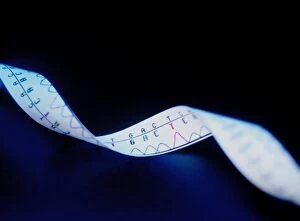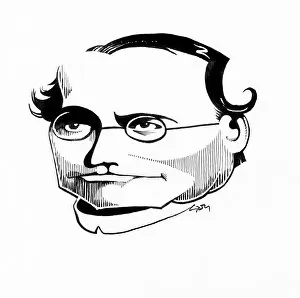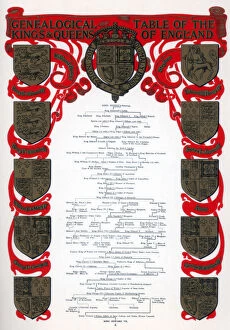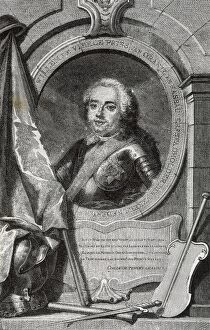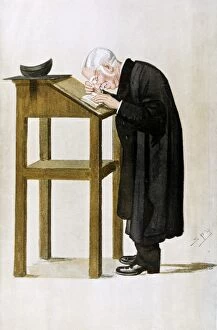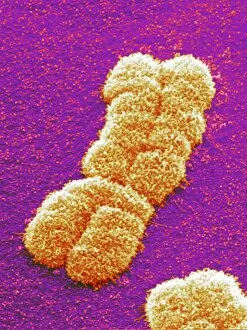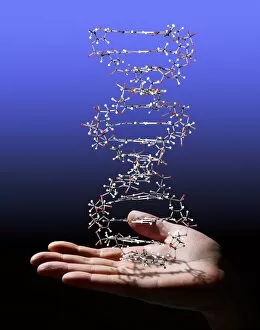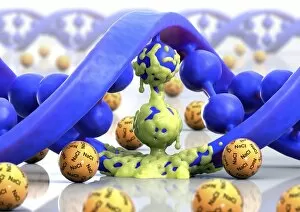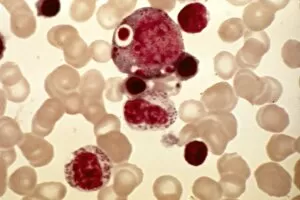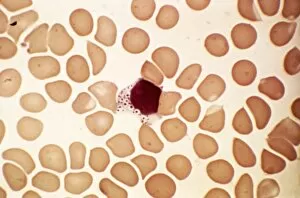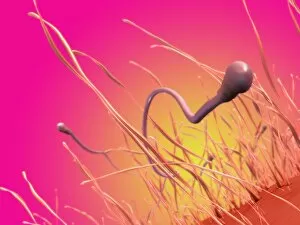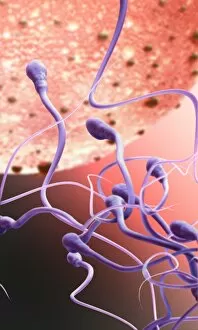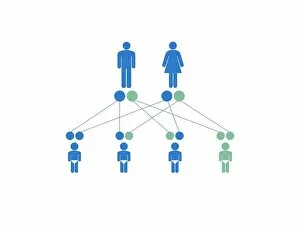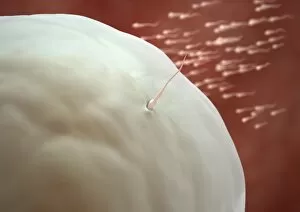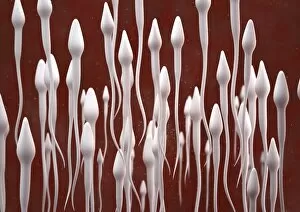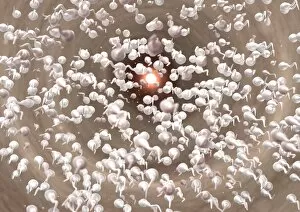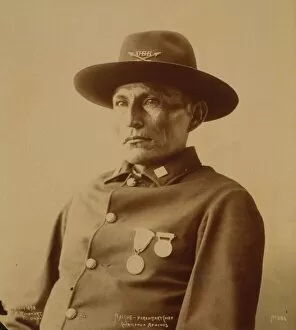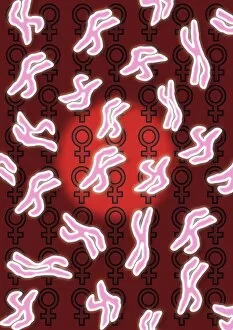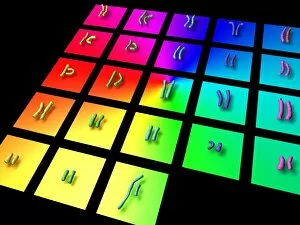Hereditary Collection (#2)
"Unraveling the Hereditary Code: Exploring the Nucleotide Base Matrix and Genetic Sequences" In the world of genetics, hereditary traits hold a fascinating allure
For sale as Licensed Images
Choose your image, Select your licence and Download the media
"Unraveling the Hereditary Code: Exploring the Nucleotide Base Matrix and Genetic Sequences" In the world of genetics, hereditary traits hold a fascinating allure. From Gregor Mendel, the Austrian botanist who laid the foundation for our understanding of inheritance, to modern-day advancements in DNA sequencing, we continue to unlock the secrets encoded within our genes. One such revelation lies in mitochondrial DNA – a unique genetic sequence inherited exclusively from our mothers. This intricate web of nucleotide bases provides valuable insights into our ancestry and evolutionary history. Looking back through time, we encounter captivating stories woven by heredity. Take, for instance, the wedding between Cecile of Greece and Georg Donatus Hesse – descendants of both German Emperor and Empress Frederick. Their union not only united two noble families but also brought together diverse genetic lineages. Princess Charlotte of Monaco's marriage in 1928 further exemplifies how hereditary ties transcend borders. As she exchanged vows with Prince Pierre de Polignac, their union intertwined different bloodlines while passing down cherished traditions. However, it is perhaps Princess Cecilie of Greece and Grand Duke Georg Donatus who epitomize the profound impact of heredity on individuals' lives. From their engagement to their marriage ceremony itself – every step marked by an unbreakable bond formed through shared genetics. As time went on, Cecile of Greece and Georg Donatus Hesse welcomed sons into their family tree – a testament to how hereditary traits are passed down through generations. These young princes carry within them not just royal lineage but also an intricate tapestry woven by countless ancestors before them. The story behind "hereditary" stretches far beyond mere biology; it encompasses tales that shape nations and define legacies. It reminds us that each individual carries within themselves a remarkable blend of genetic heritage - connecting us all as partakers in this grand journey called life.

